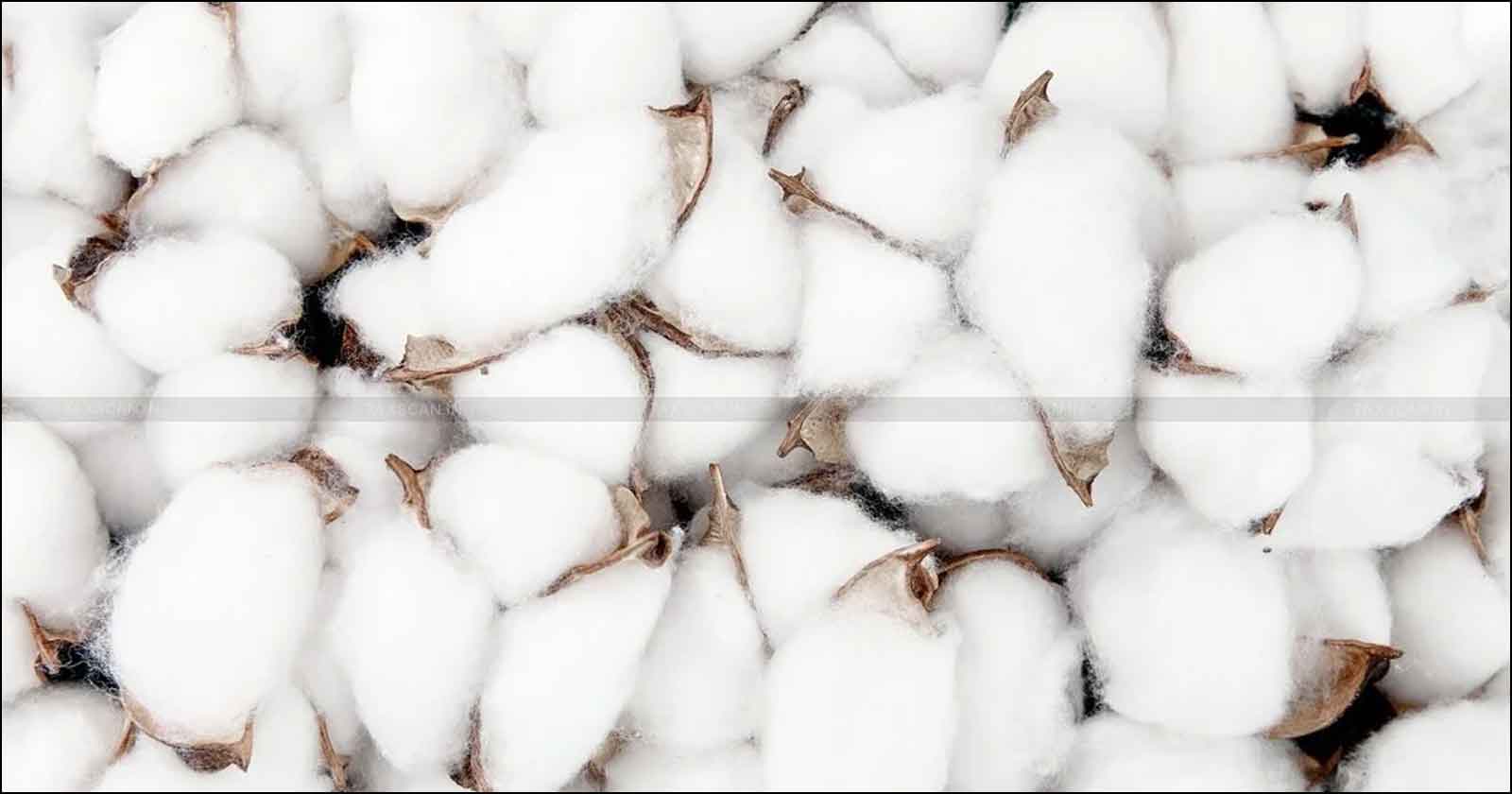Centre Extends Cotton Import Duty Exemption by Three Months: Changes Come A Day After Trump’s 50% Tariffs on India [Read Notification]
The extension is expected to lower input costs, cool domestic cotton prices and reduce inflationary pressures on finished textile products.
![Centre Extends Cotton Import Duty Exemption by Three Months: Changes Come A Day After Trump’s 50% Tariffs on India [Read Notification] Centre Extends Cotton Import Duty Exemption by Three Months: Changes Come A Day After Trump’s 50% Tariffs on India [Read Notification]](https://images.taxscan.in/h-upload/2025/08/28/2081387-cotton-import-duty-taxscan.webp)
The central government on Thursday announced the extension of the duty-free exemption period for the import of cotton. The extension has been effectuated to ease pressure on India’s textile industry and to ensure adequate raw material supply for a period of three months, until December 31, 2025.
The Finance Ministry has stated that the exemption period was being continued “to augment availability of cotton for the Indian textile sector and to support exporters further.”
 Also Read:Govt Exempts Customs Duty and AIDC on Cotton Imports for a Limited Period [Read Notification]
Also Read:Govt Exempts Customs Duty and AIDC on Cotton Imports for a Limited Period [Read Notification]
The duty-free exemption, which was first introduced between August 19 and September 30, temporarily lifted the 11% levy on cotton imports, which consisted of 5% Basic Customs Duty, 5% Agriculture Infrastructure and Development Cess, and a 10% Social Welfare Surcharge on both.
Complete Ready to Use PDFs of 200+ Agreements Click here
The latest extension grants manufacturers a wider window to secure long-term contracts, aiding the stabilization of production costs across the textile value chain - from yarn to garments and made-ups.
Industry groups had warned that the earlier exemption which was initially valid till the end of September 2025 was too narrow to allow meaningful import orders and would benefit only shipments already in transit. The extension is expected to lower input costs, cool domestic cotton prices and reduce inflationary pressures on finished textile products.
Cotton output has been on a steady decline in recent years and prices have remained volatile. The cotton value chain employs nearly 35 million people and contributes close to 80% of India’s total textile exports, making it central to the government’s target of doubling textile and apparel exports to $100 billion by the year 2030.
However, concerns run high for small-scale farmers, with the exemption coinciding with the cotton harvest season that runs from October to March. Cotton was also among the commodities that received one of the sharpest hikes in Minimum Support Price earlier this year.
Step by Step Handbook for Filing GST Appeals Click here
Trump’s Tariffs
The timing of the decision is also notable, coming a day after the United States imposed a 50% tariff on a wide range of Indian exports including textiles, gems, jewellery and leather. While the government has emphasized the exemption as a measure of domestic relief, analysts say it may also serve as a measured move towards Washington amid ongoing trade frictions between both nations.
The tariff escalation, which threatens to hit nearly two-thirds of India’s exports to the U.S. has already raised concerns of job losses in key textile hubs. At the time, it can be said that the extended duty-free window would provide ample breathing space for exporters while they navigate the challenges of global trade disruptions.
Support our journalism by subscribing to Taxscanpremium. Follow us on Telegram for quick updates


